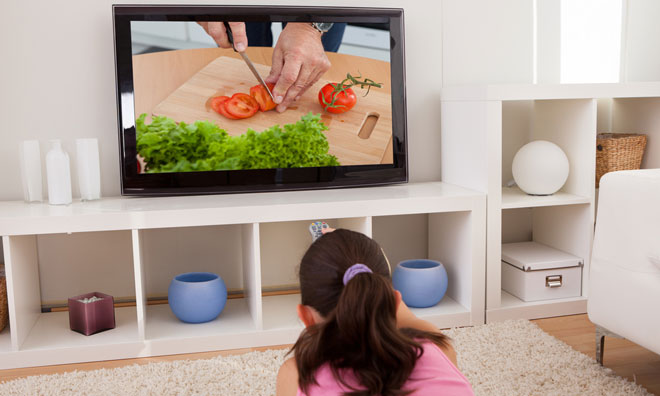TV cooking shows frequently ignore safe food handling practices
- Like
- Digg
- Del
- Tumblr
- VKontakte
- Buffer
- Love This
- Odnoklassniki
- Meneame
- Blogger
- Amazon
- Yahoo Mail
- Gmail
- AOL
- Newsvine
- HackerNews
- Evernote
- MySpace
- Mail.ru
- Viadeo
- Line
- Comments
- Yummly
- SMS
- Viber
- Telegram
- Subscribe
- Skype
- Facebook Messenger
- Kakao
- LiveJournal
- Yammer
- Edgar
- Fintel
- Mix
- Instapaper
- Copy Link
Posted: 9 November 2016 | Elsevier | No comments yet
Television cooking shows are an important resource for home cooks, but if these shows fail to model recommended food safety measures…


Television cooking shows are an important resource for home cooks, but if these shows fail to model recommended food safety measures, it may lead to poor practices among consumers.


Therefore, researchers from the University of Massachusetts Amherst devised a study to assess food safety on television food shows and determine whether they present positive or negative models for viewers.
Many programs miss the opportunity to model proper safety measures, according to a new study published in the Journal of Nutrition Education and Behavior
Forty-eight million cases of food-borne illness are reported annually in the United States, including 3,000 deaths, according to the Centers for Disease Control and Prevention. These illnesses can result from improper food safety practices in retail settings, but illness from food prepared at home is also a concern; yet, little is known about illness from consumer practice.
Television cooking shows are an important resource for home cooks, but if these shows fail to model recommended food safety measures, it may lead to poor practices among consumers. Therefore, researchers from the University of Massachusetts Amherst devised a study to assess food safety on television food shows and determine whether they present positive or negative models for viewers.
Adherence to food safety practices by consumers has declined in recent years. For example, fewer consumers reported washing hands before handling food, cooking to required temperatures, or separating meat and poultry from ready-to-eat foods in 2011 than in 2008 or 2010.
Only 33% of consumers said they trusted the government for food safety information, whereas more than half trusted media. An overwhelming majority (73%) obtained food safety information from media, and 22% of those used cooking shows as their primary source of information. Likewise, in a poll of television viewers, 50% of respondents watched some television cooking shows, and 57% reported purchasing items based on those shows.
Forty-eight million cases of food-borne illness are reported annually in the United States…
To study food safety on television cooking shows, researchers developed a 19-question survey. The survey was adapted from the Massachusetts Food Establishment Inspection Report and measured hygienic food practices, use of utensils and gloves, protection from contamination, and time and temperature control. In addition, whether food safety practices were mentioned was recorded.
A panel of state regulators and food safety practitioners participated in the assessment, viewing 10 popular cooking shows, with two to six episodes per show watched for a total of 39 episodes.
“The majority of practices rated were out of compliance or conformance with recommendations in at least 70% of episodes and food safety practices were mentioned in only three episodes,” said lead author Nancy L. Cohen, PhD, RD, LDN, FAND.
“Only four practices were observed to be in compliance or conformance with recommendations in more than 50% of the episodes. For most behaviours observed, the percentage of shows in conformance with recommended practices was much lower than that seen in restaurant employees and consumers in general.”
Although the assessment showed many issues regarding food safety on television cooking shows, room for improvement was easily identified by the researchers. For instance, steps toward improvement could include requiring food safety training for chefs and contestants, modifying the structural environment to support safe food handling, incorporating food safety as a judging criterion in competitions, and incorporating food safety in scripts.
“There are many opportunities on cooking shows to educate the public regarding safe food handling practices and help reduce the incidence of food-borne illness,” Cohen said.
“Similarly, nutrition and food safety educators could work with the media to produce shows that demonstrate positive food safety behaviours and educate consumers about food safety practices as they adopt recipes.”






